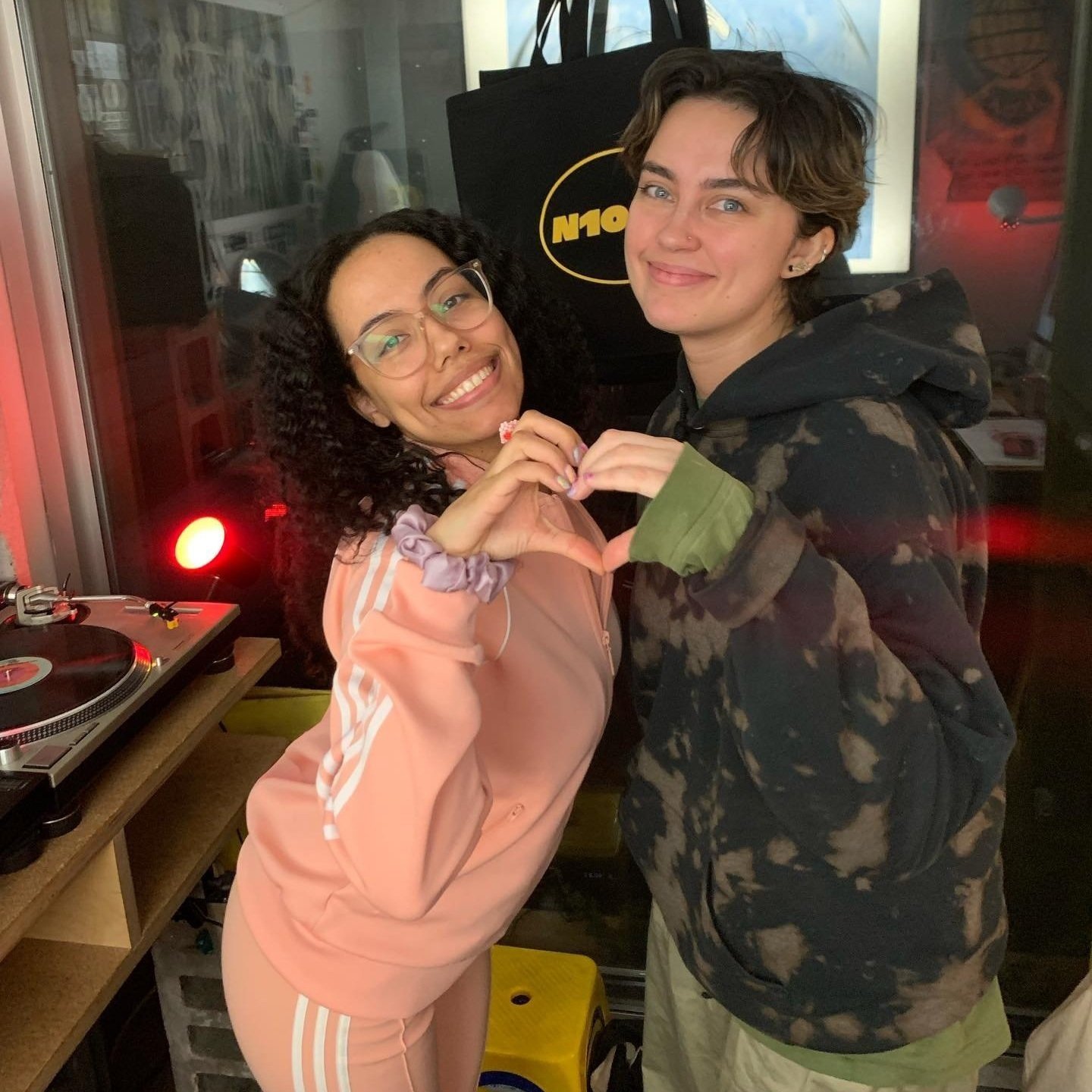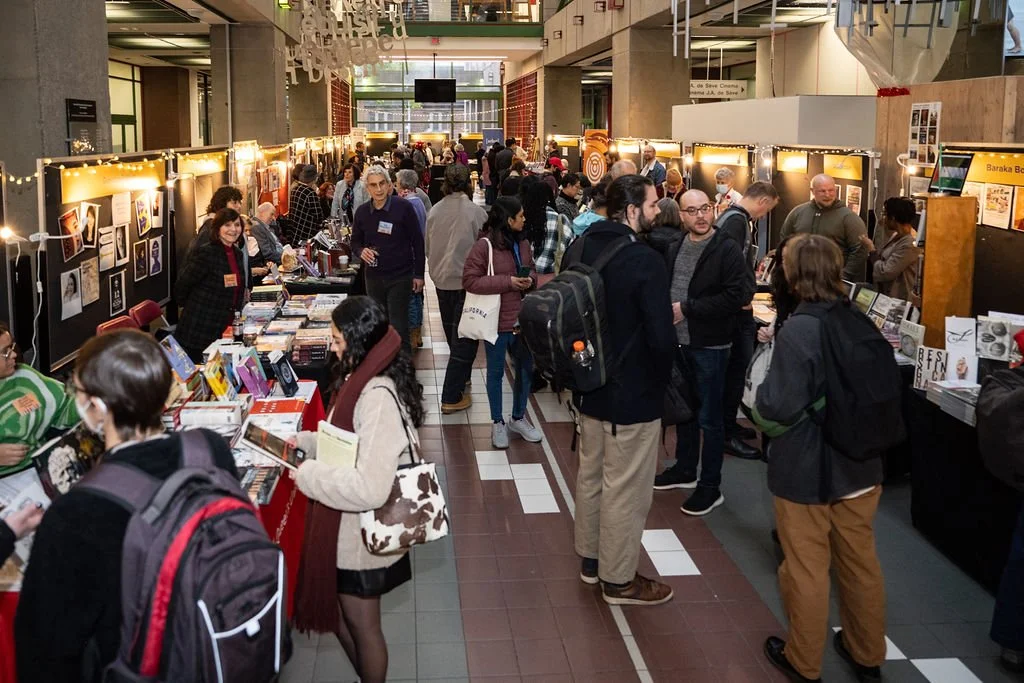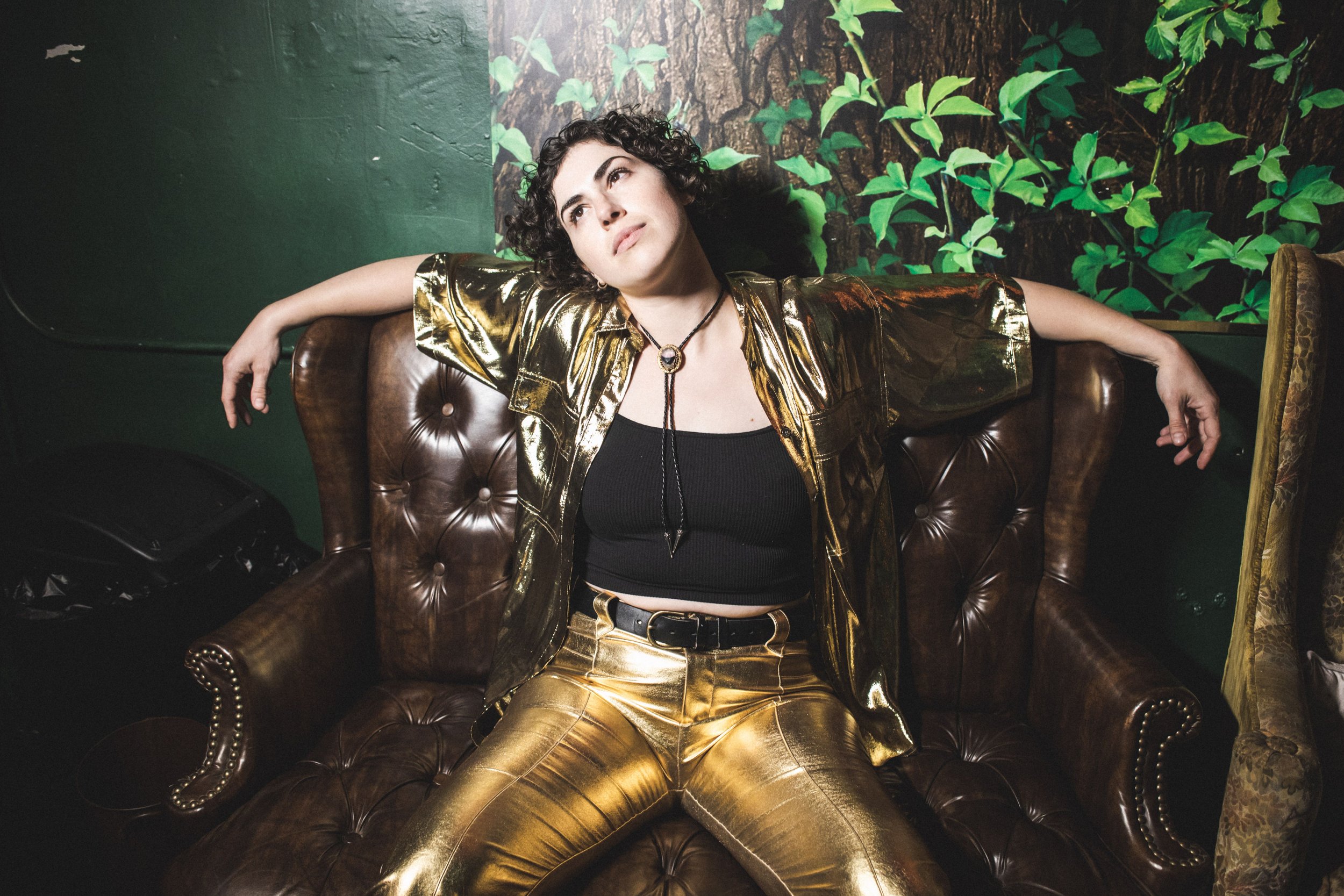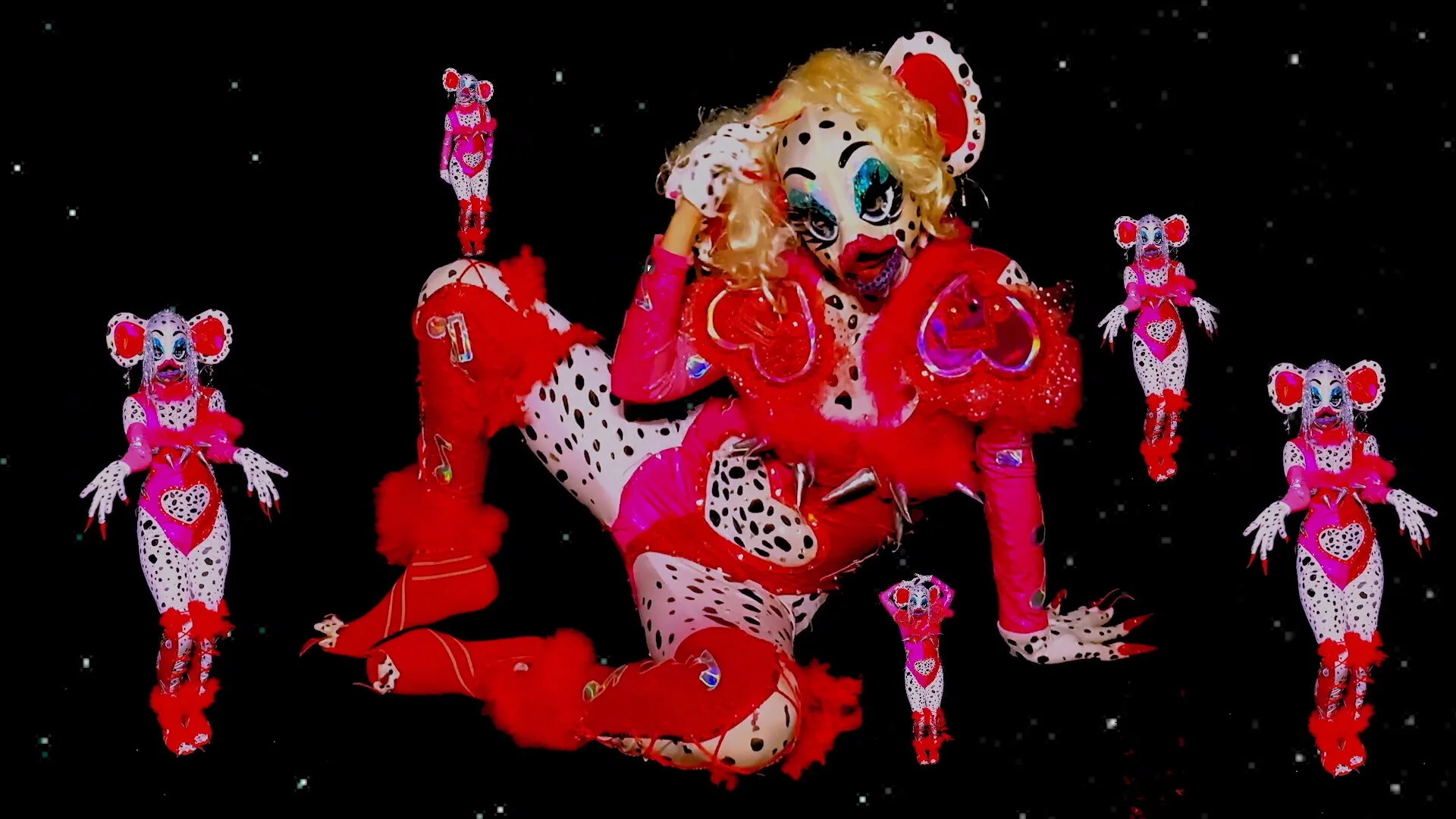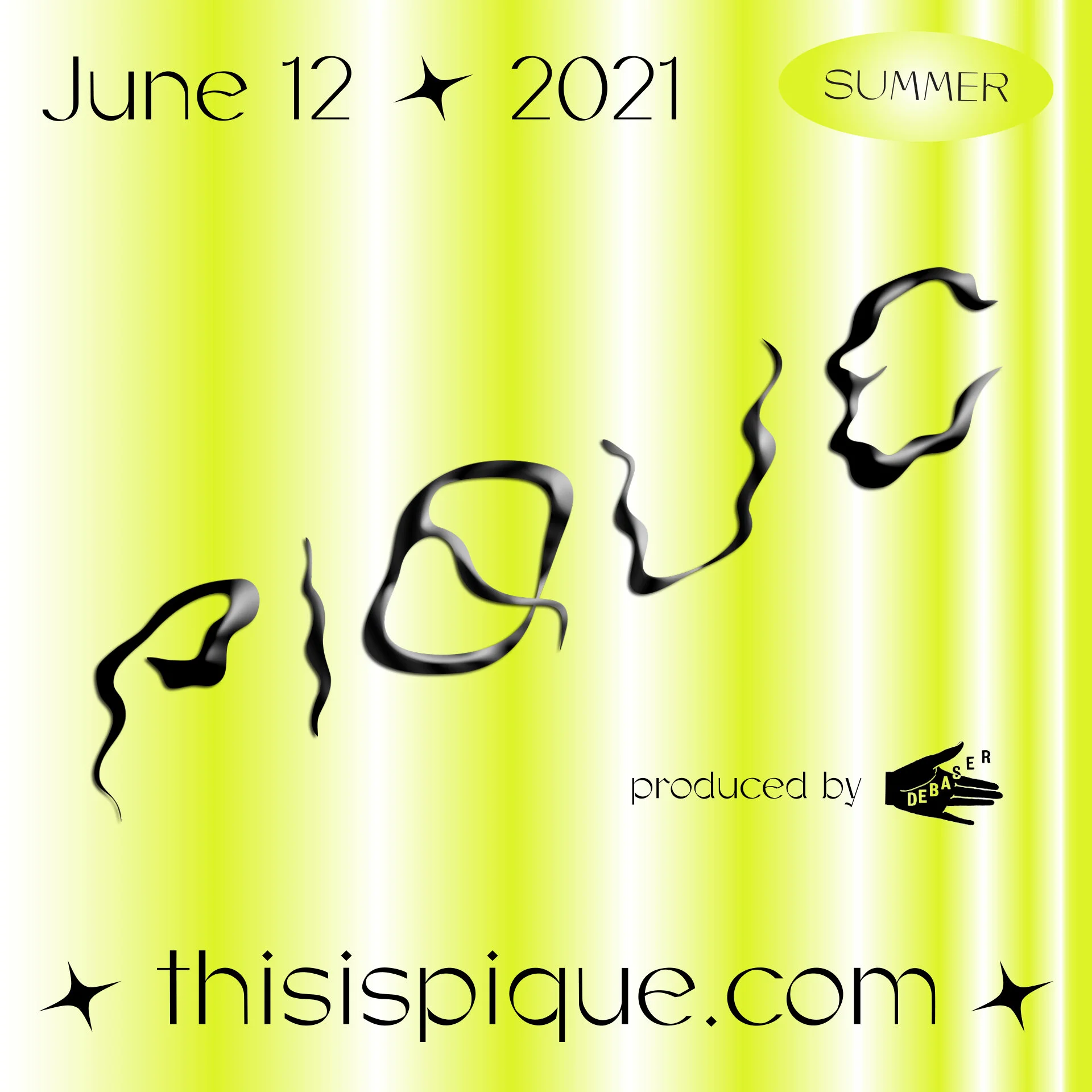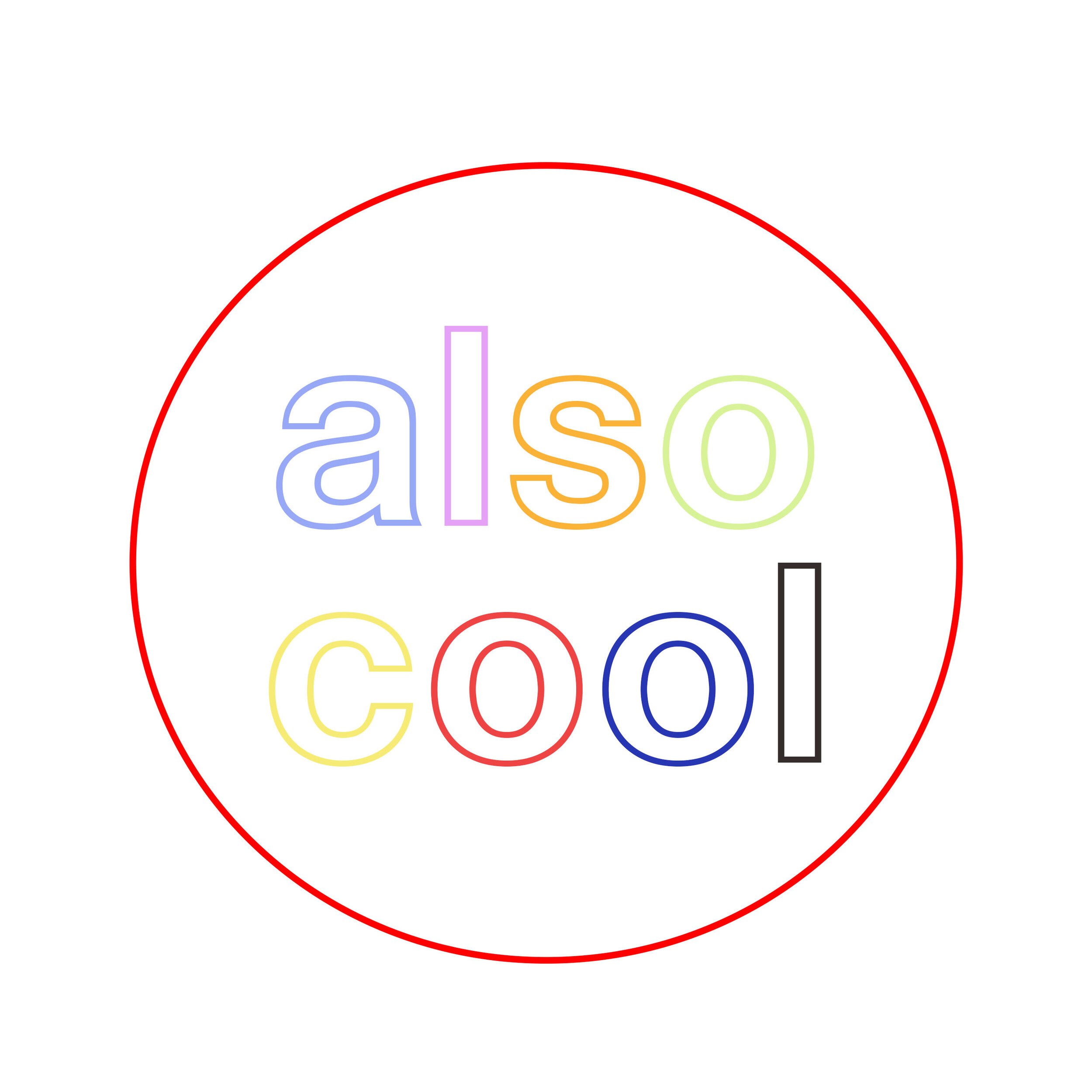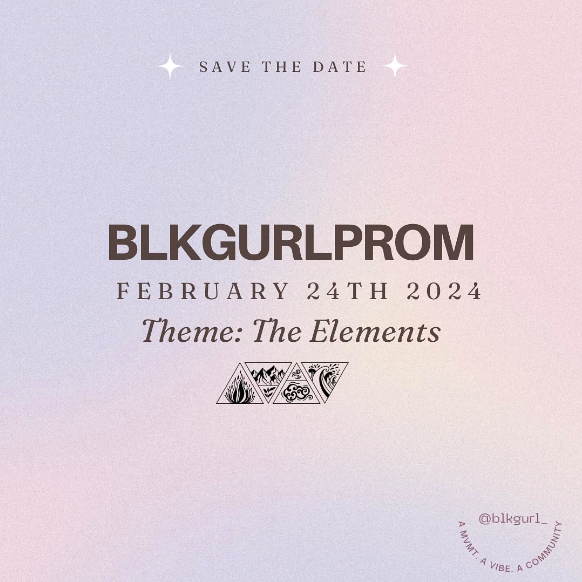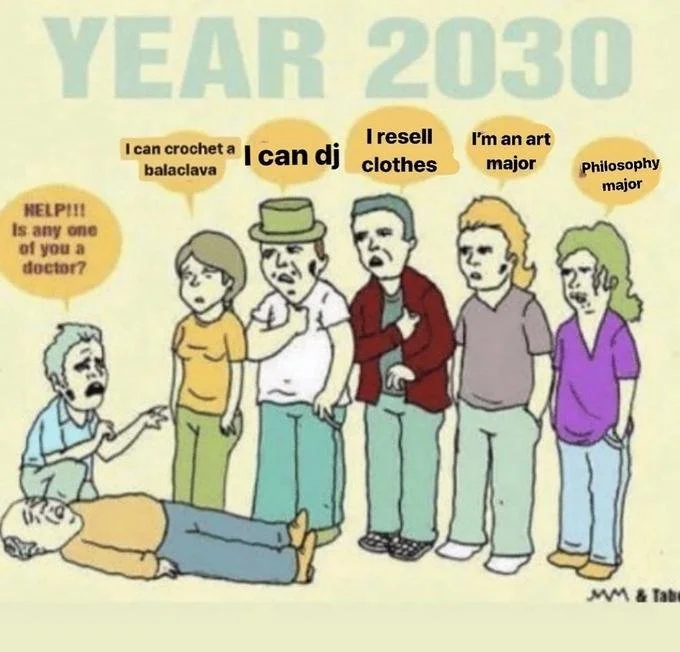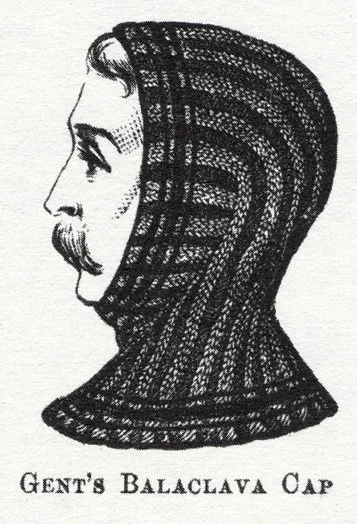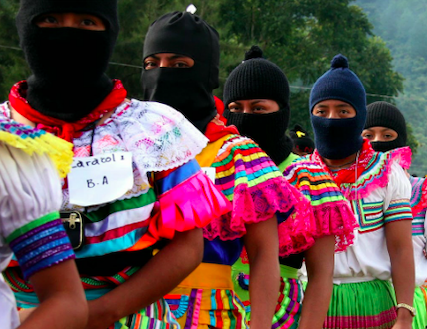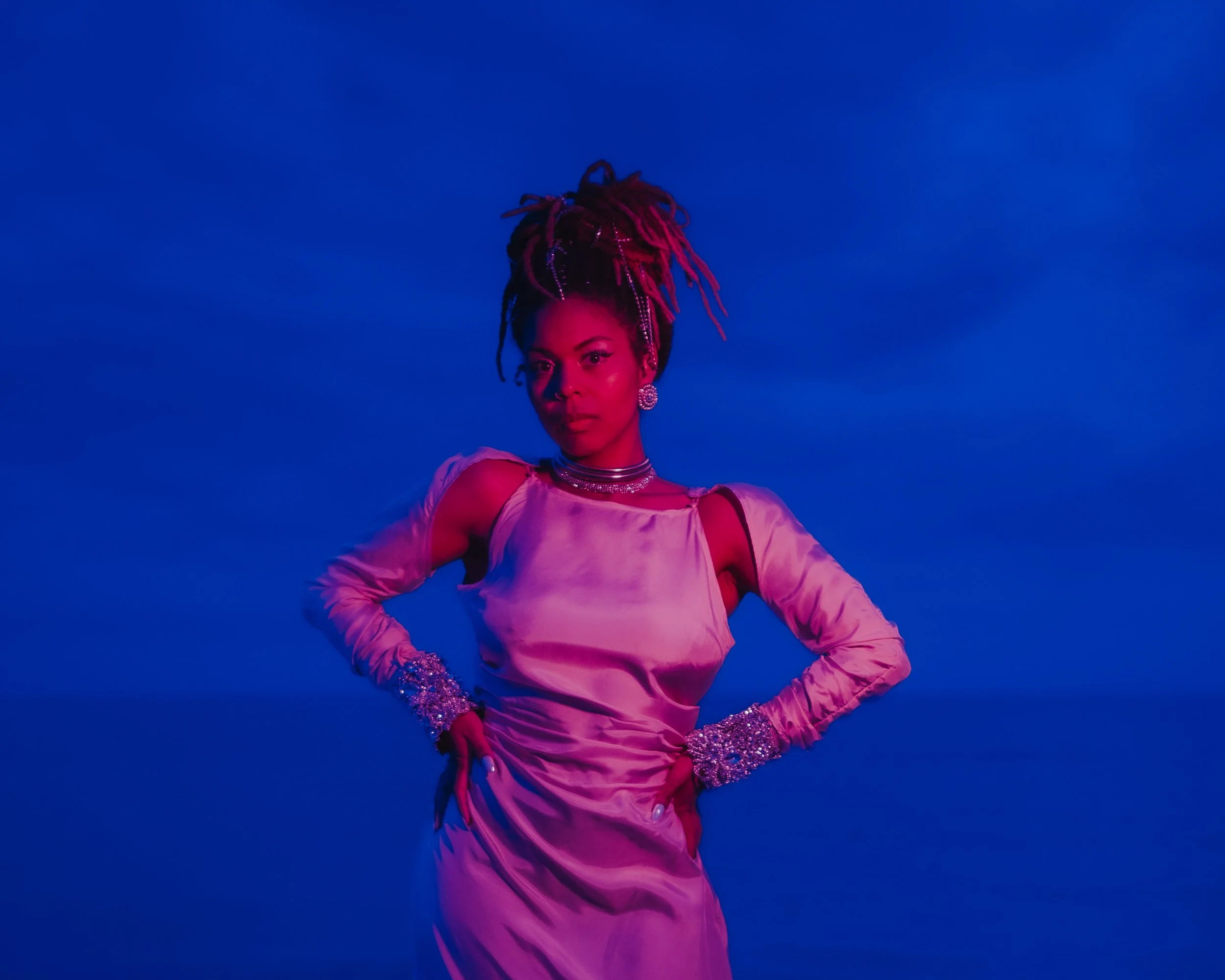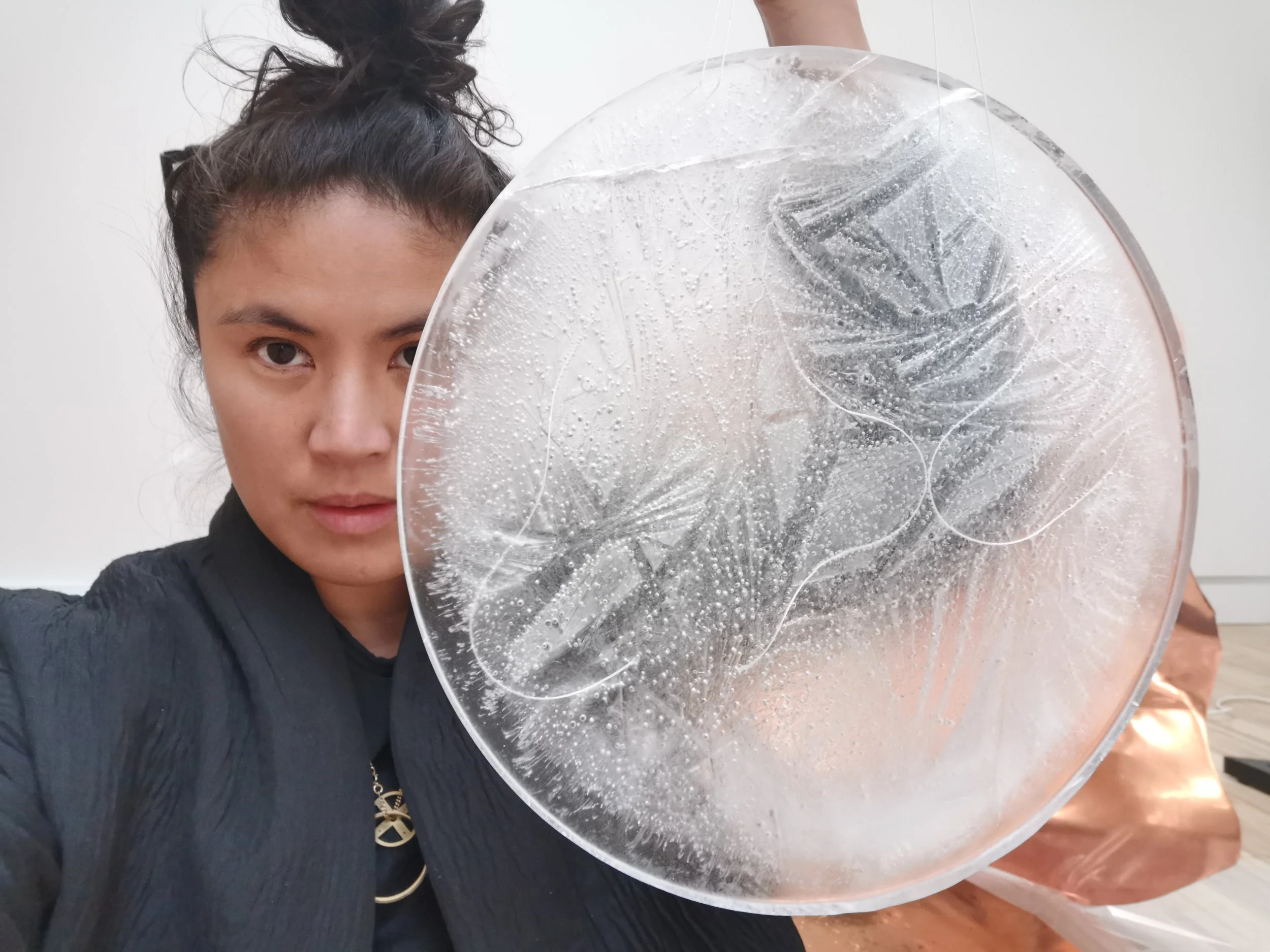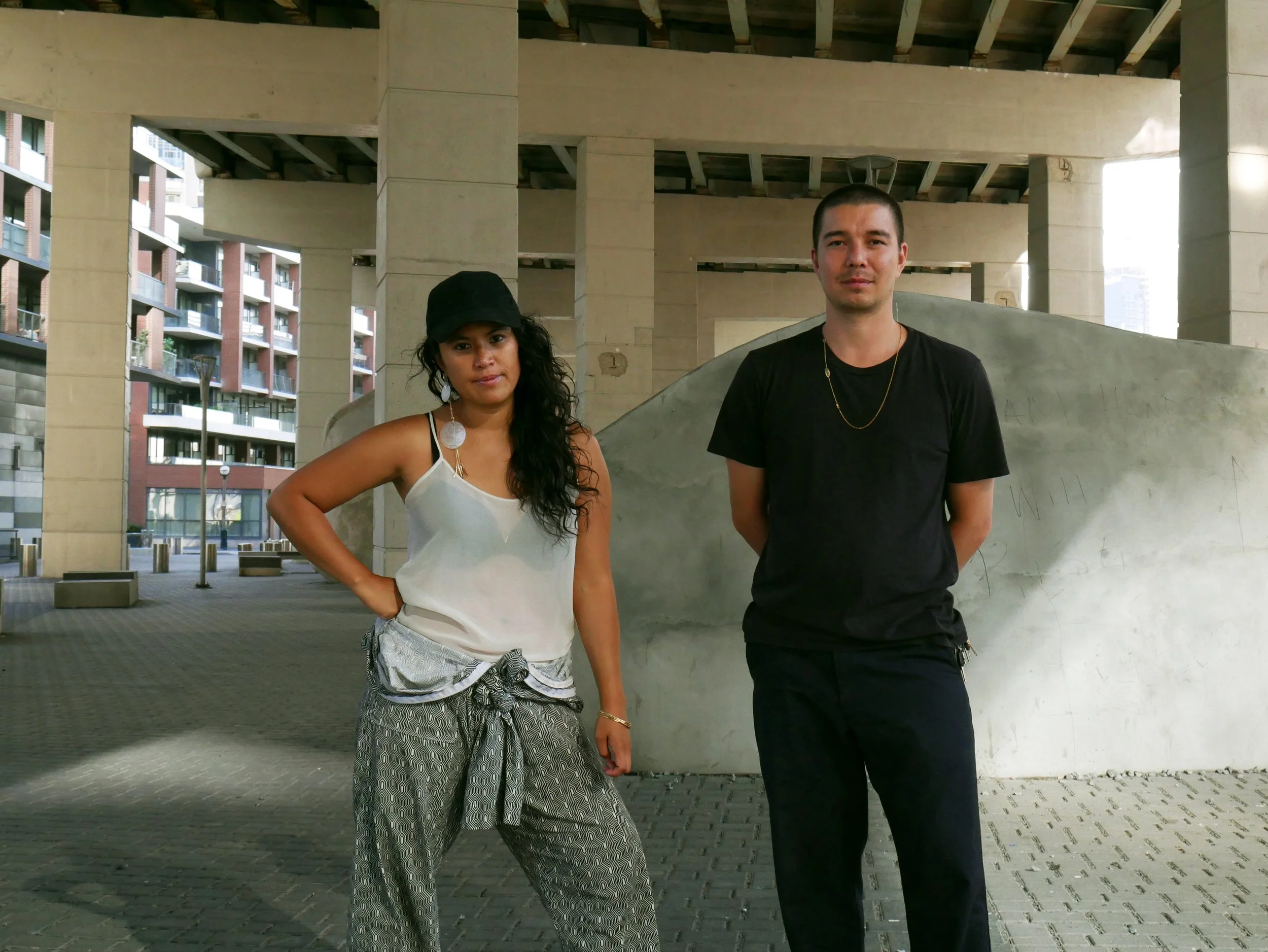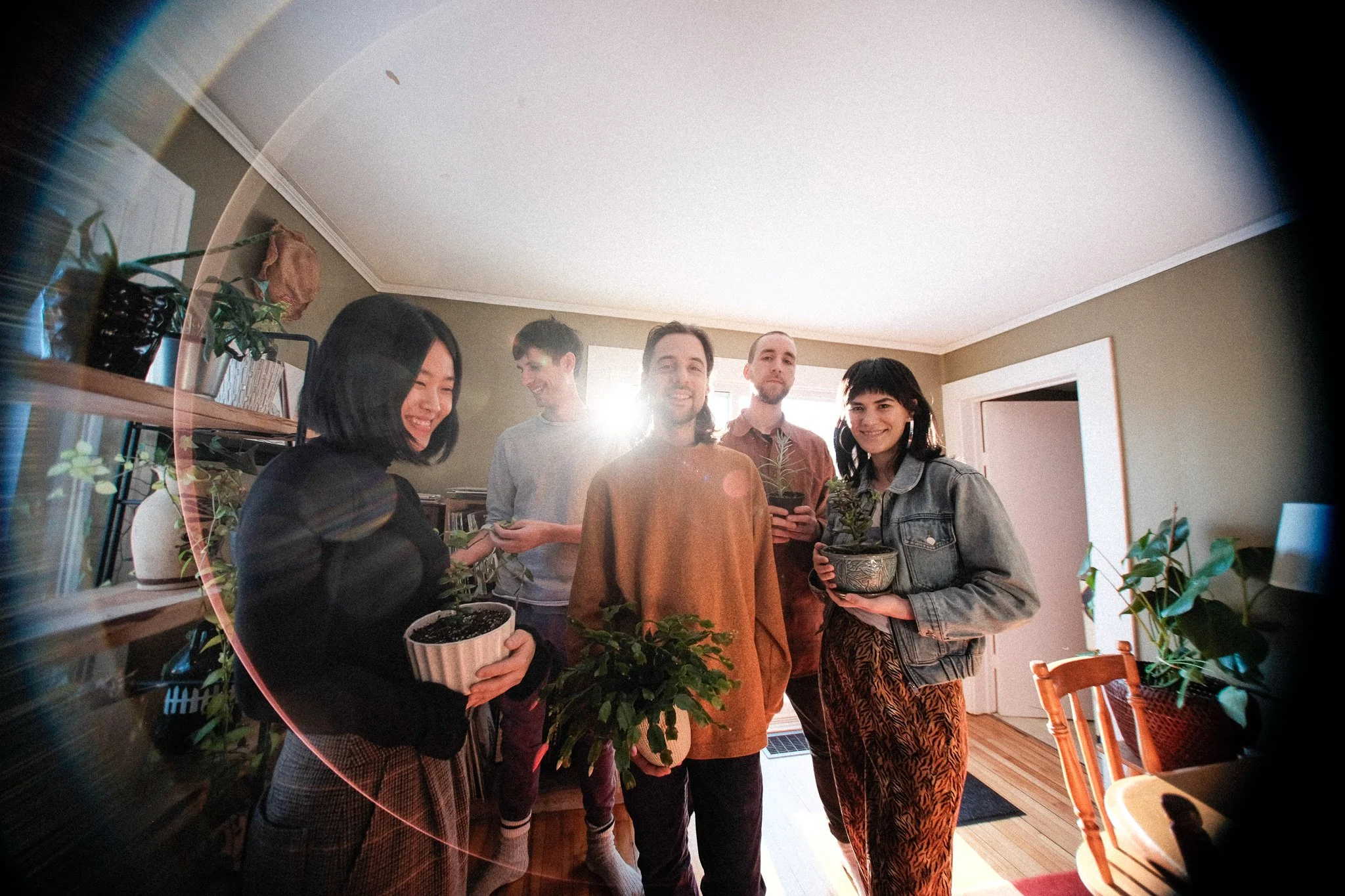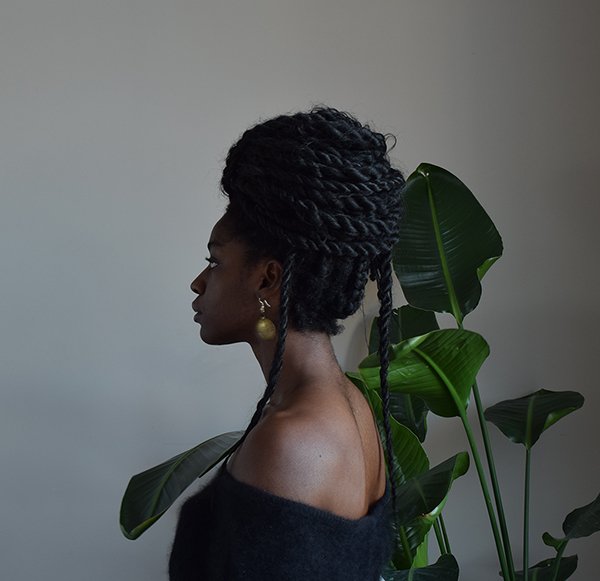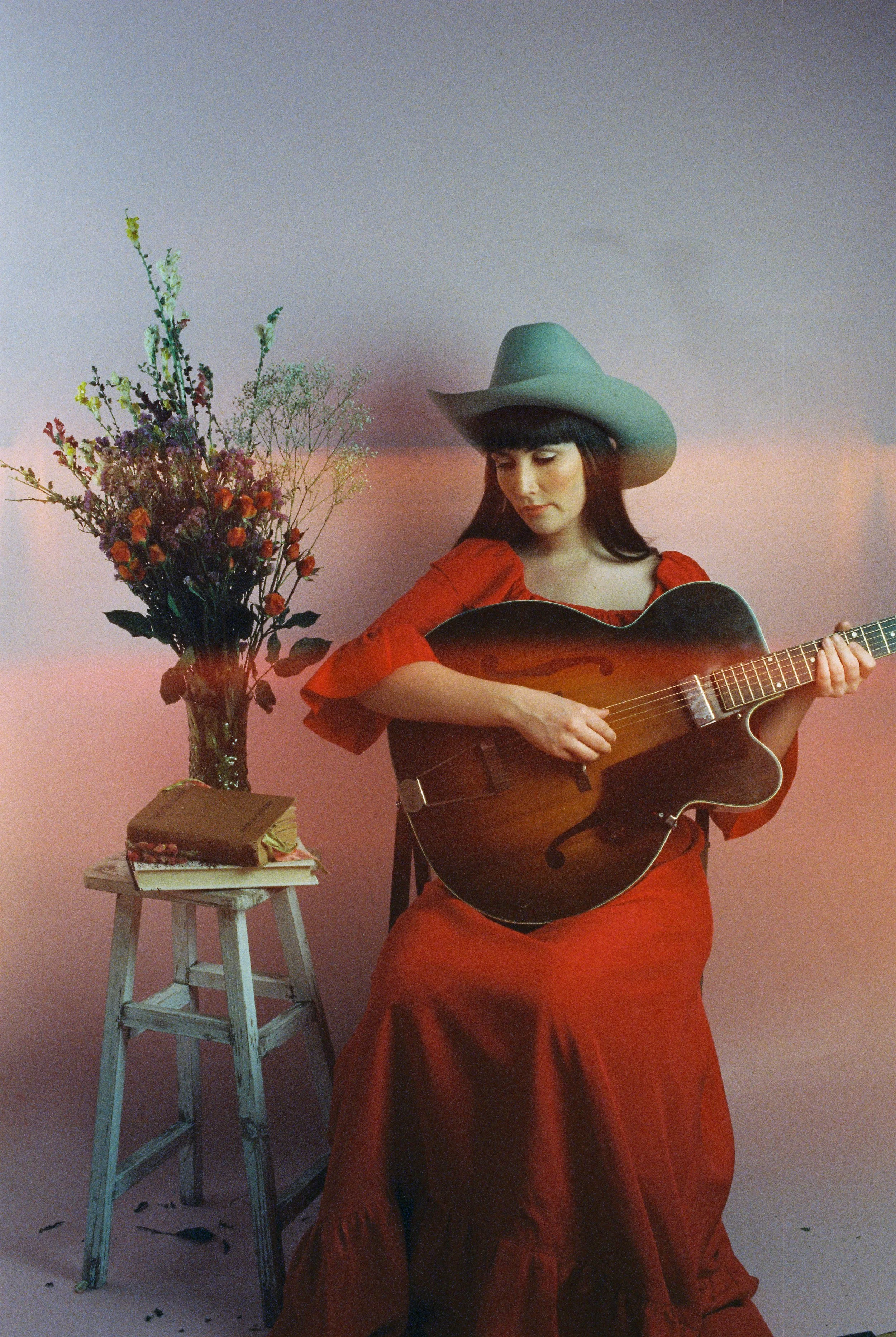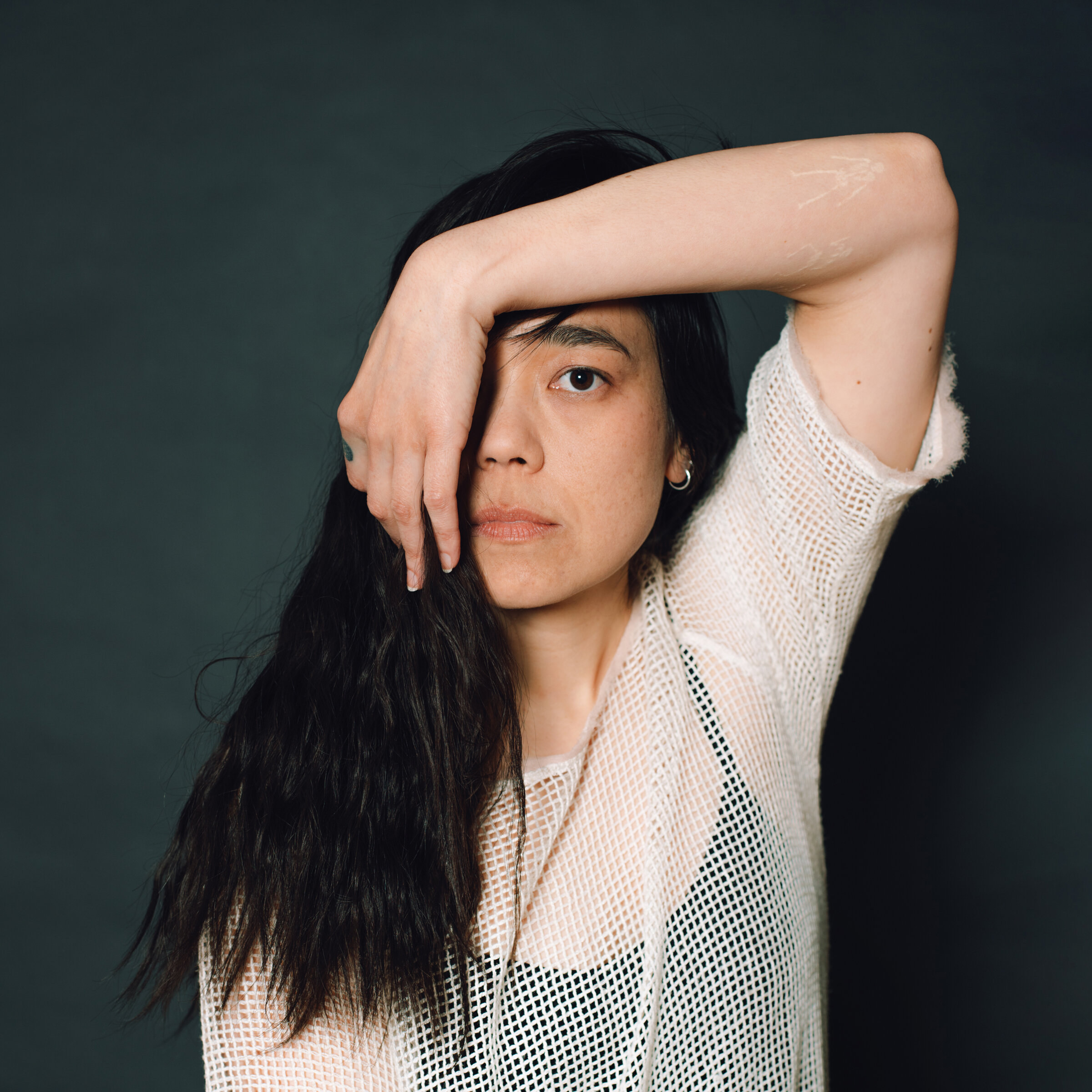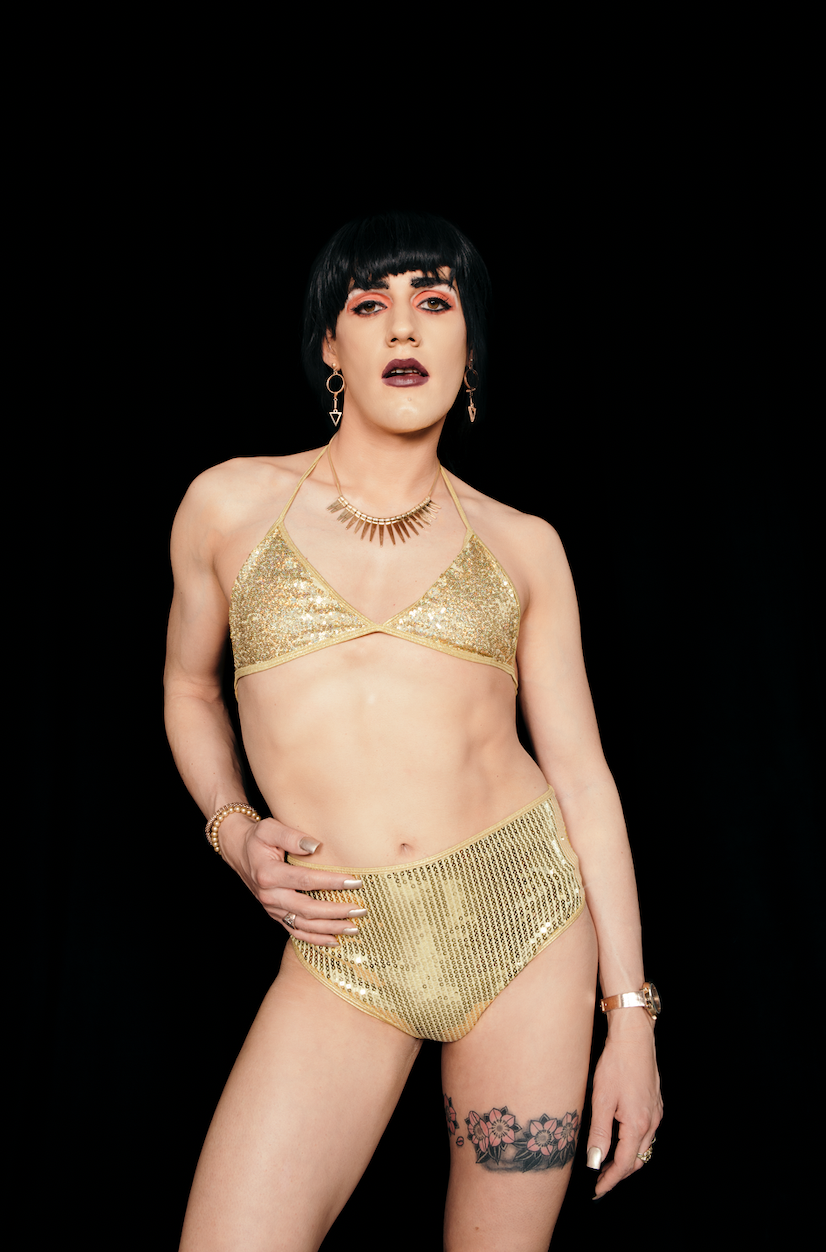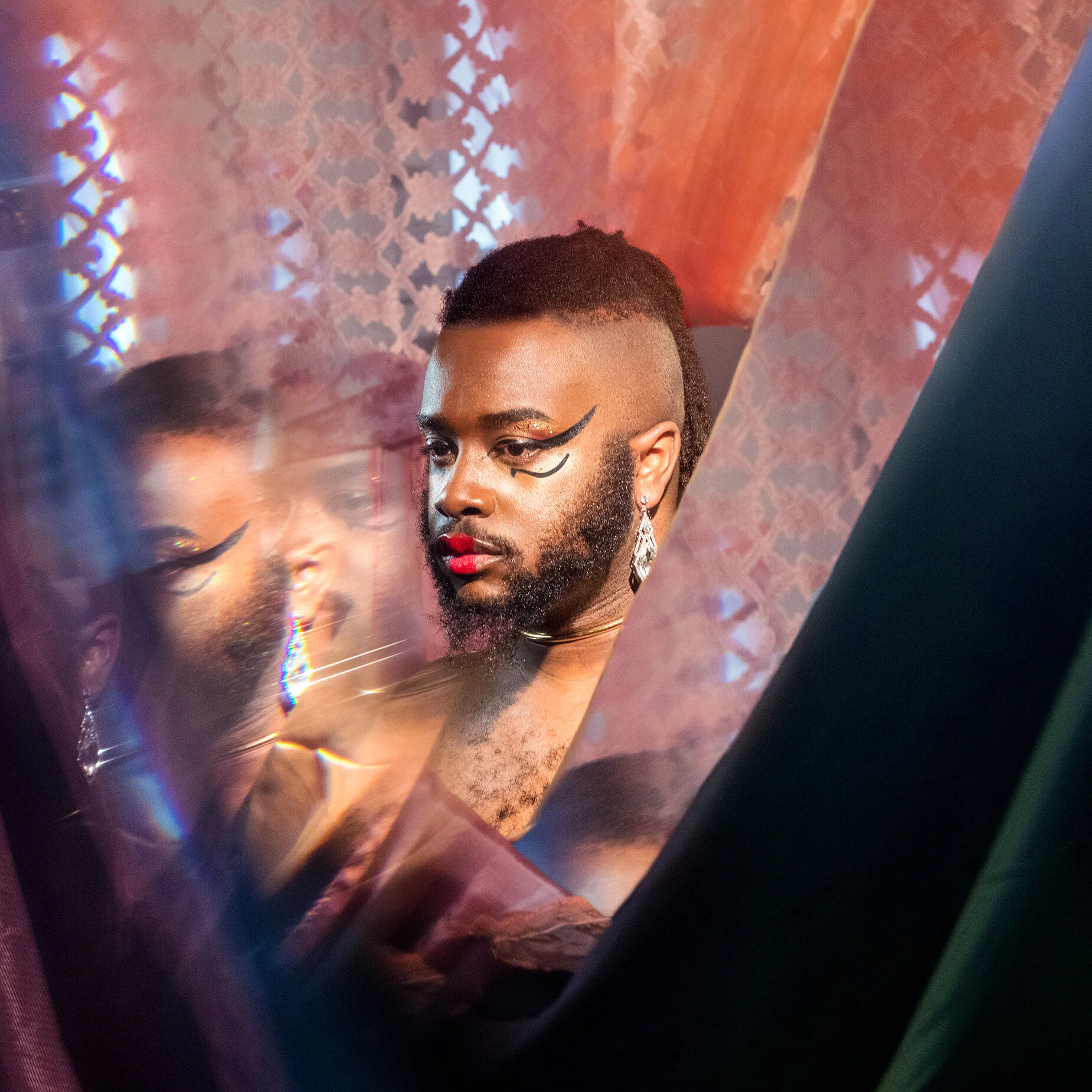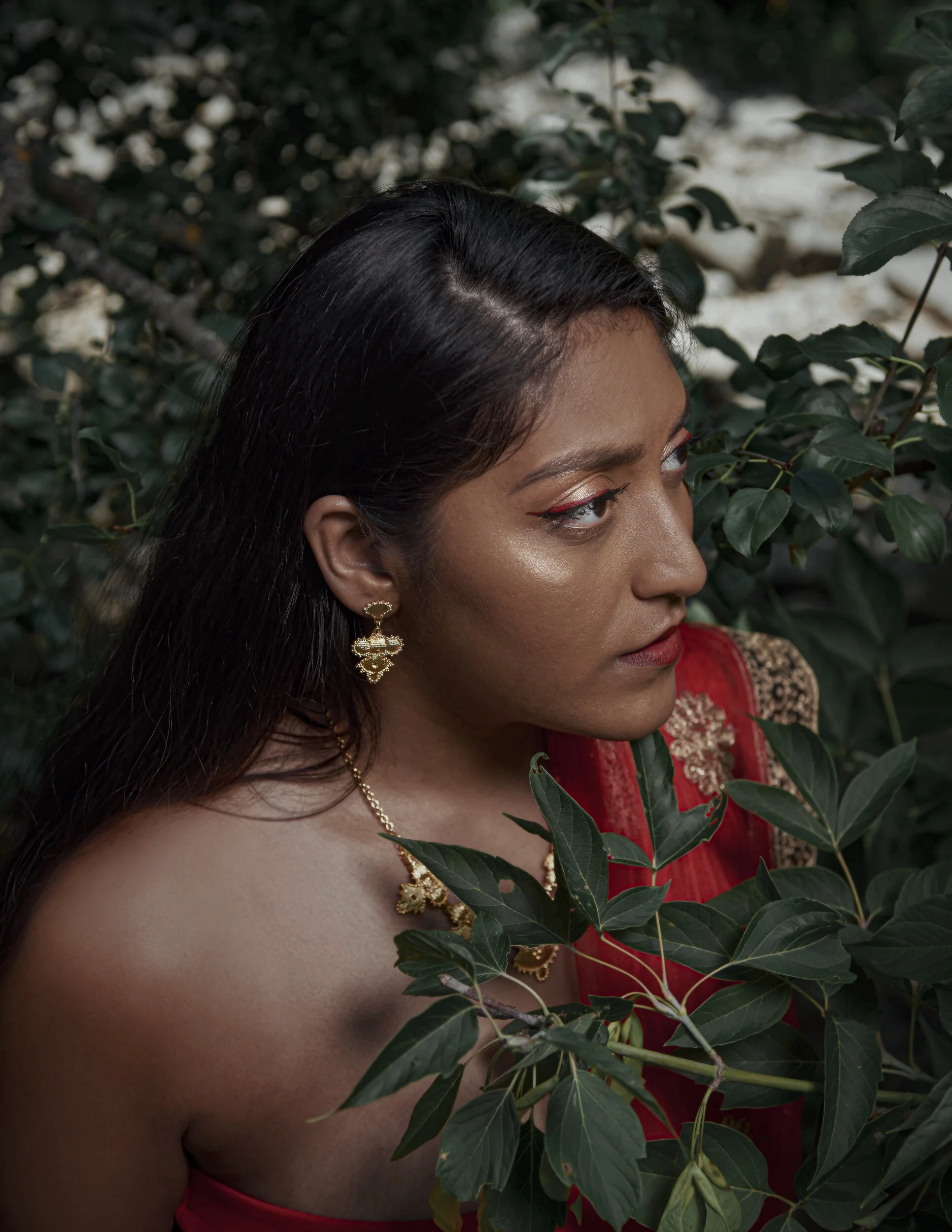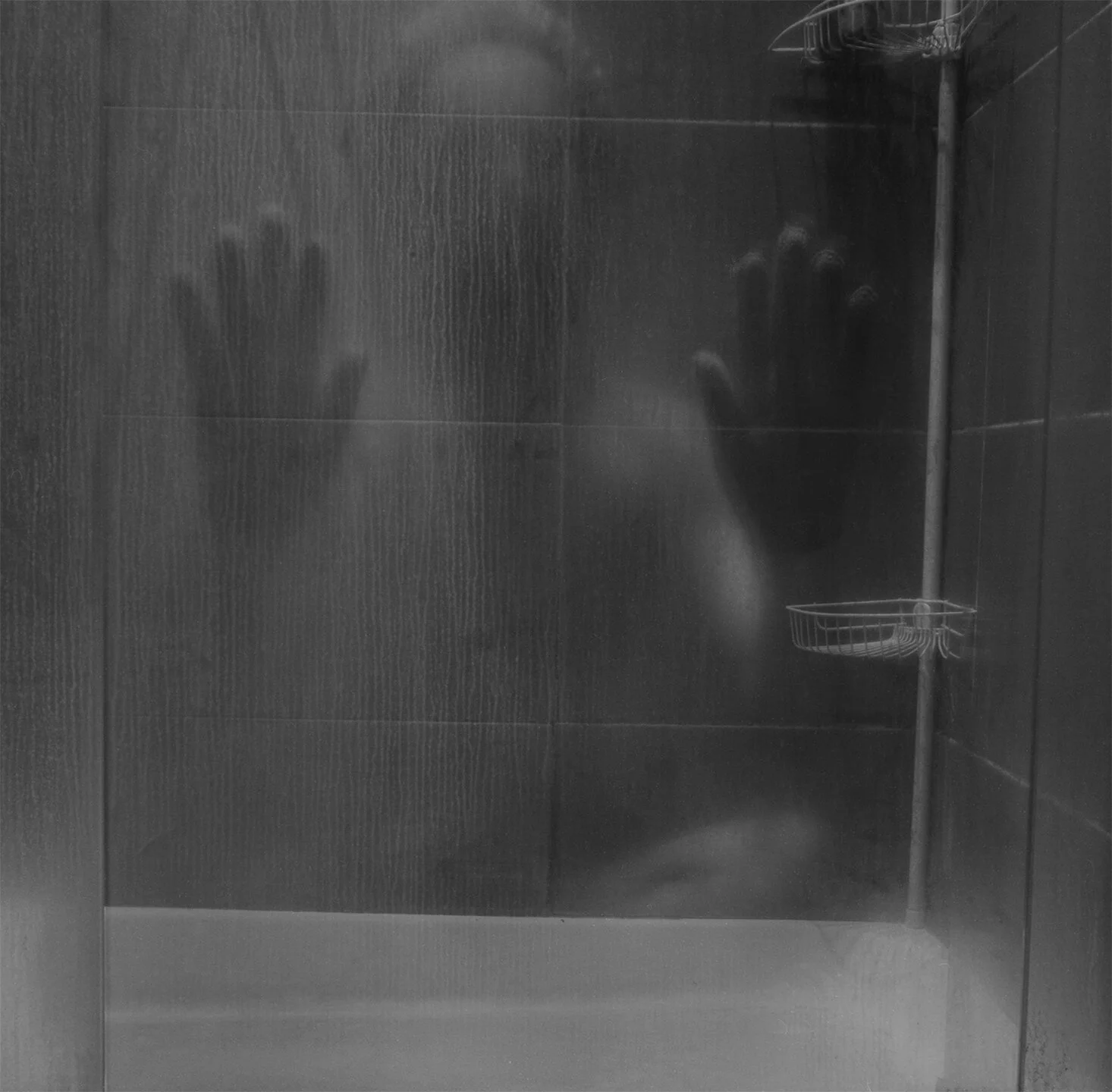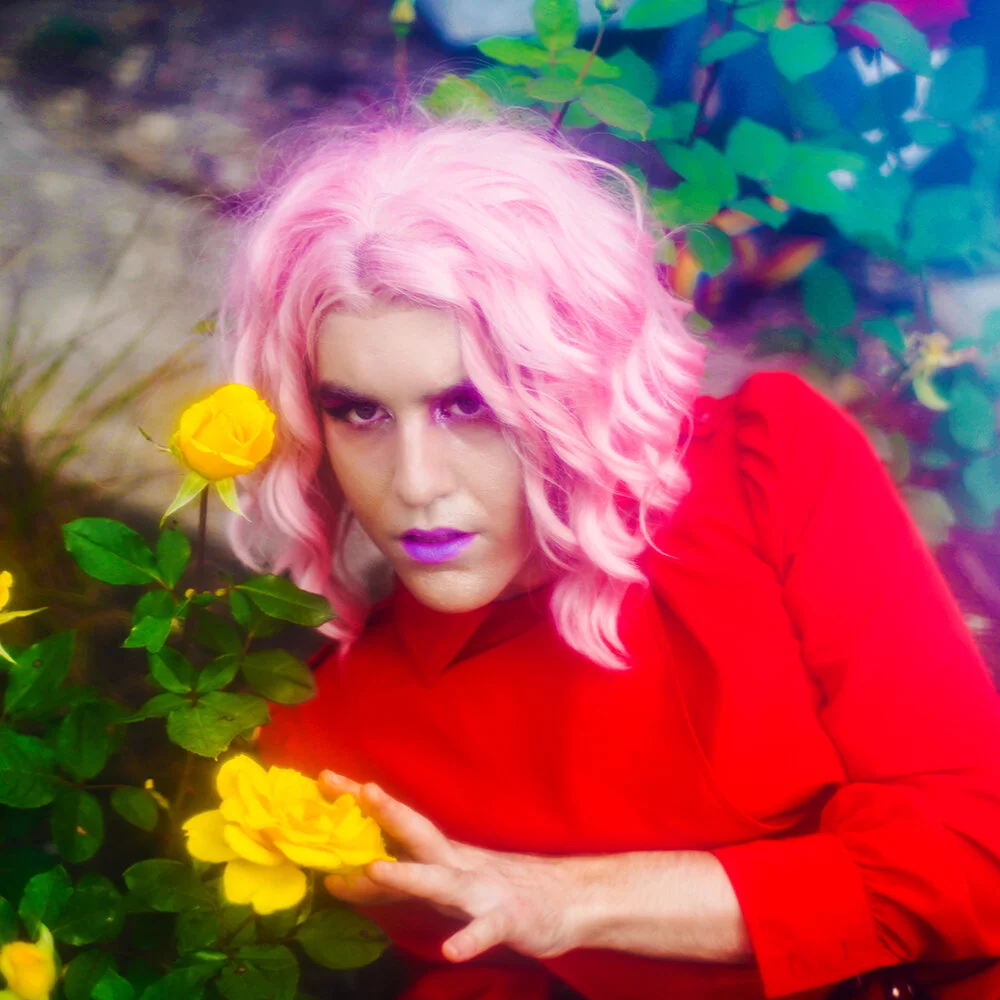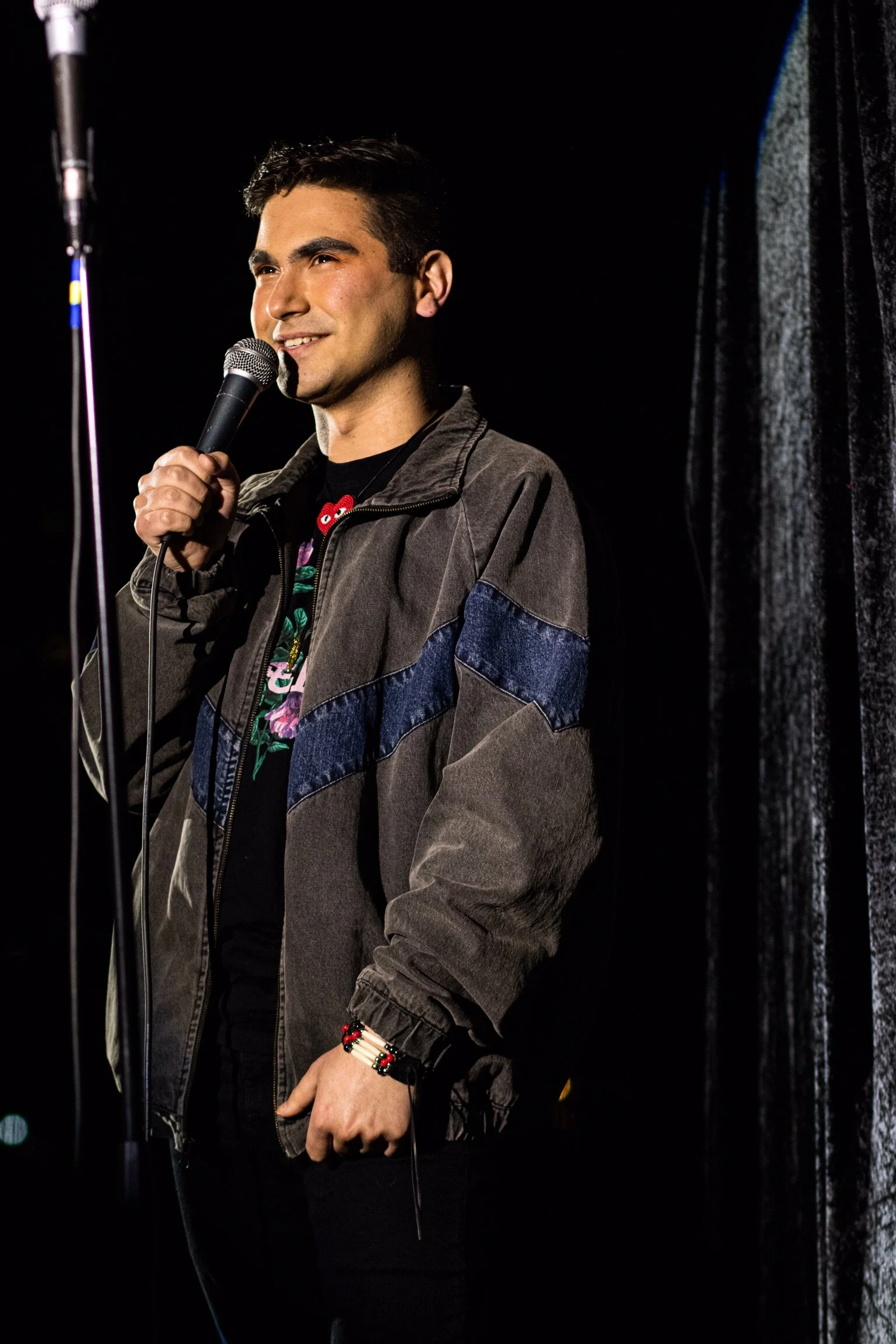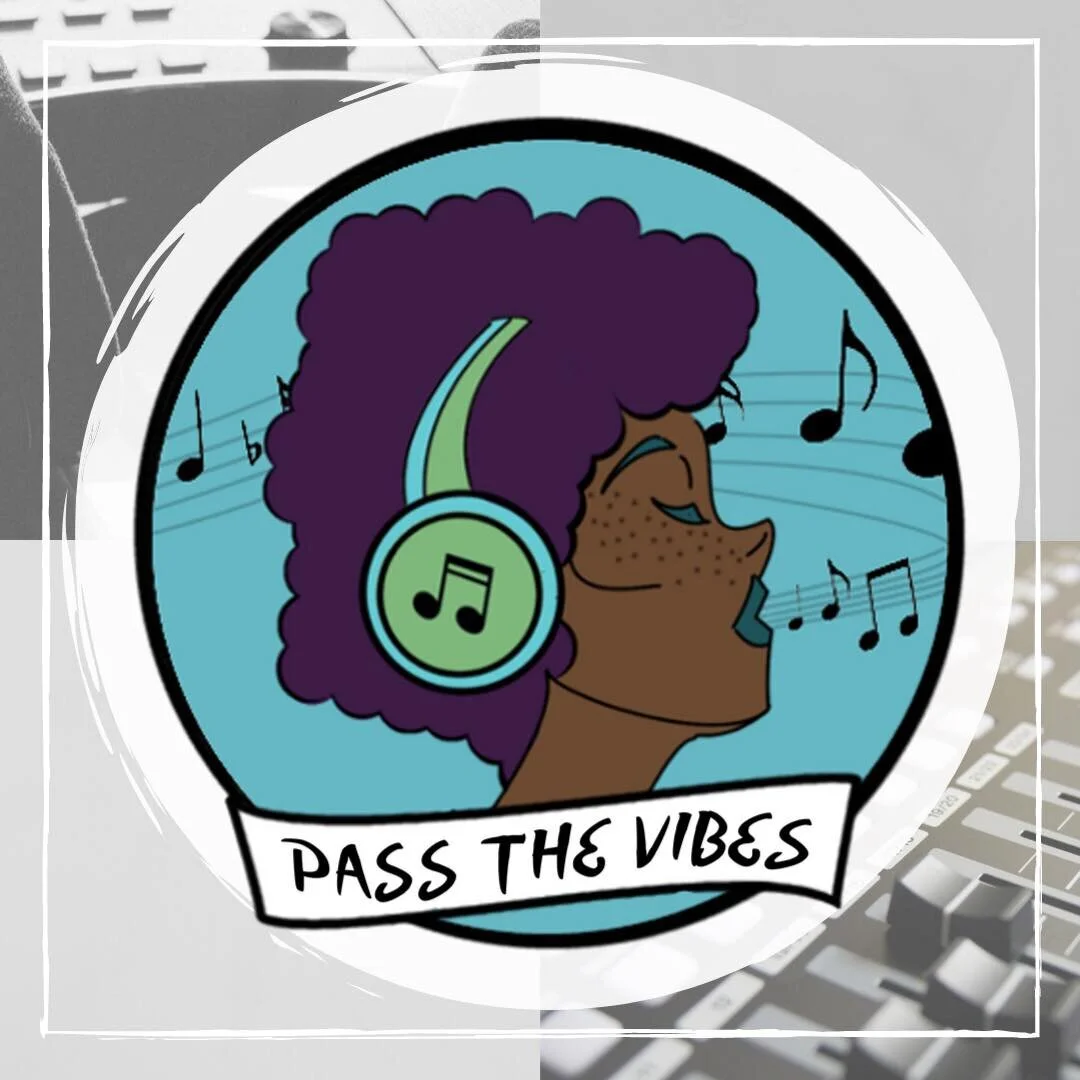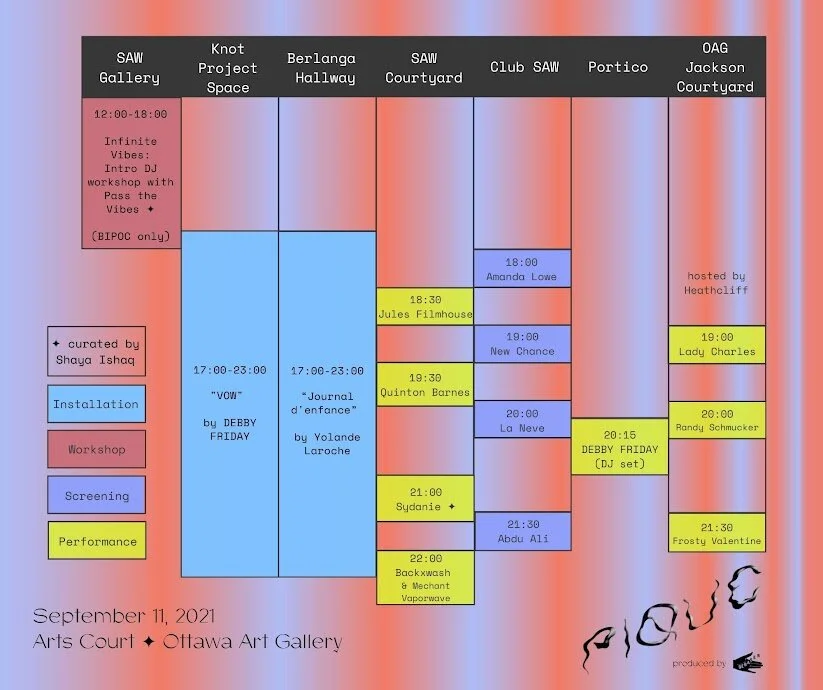Editor’s note: The following article explores themes that readers may find distressing, including medical racism and death. Reader discretion is advised.
In our latest feature, Concordia University student Celia Caldwell interviews Montreal-based doula Lena Ford about her career in the birthing field. In their three-part conversation, Caldwell and Ford discuss the important (and often unrecognized) work led by doulas in birthing spaces, and how systemic inequality and the COVID-19 pandemic Impact professionals and clients alike.
I. DOULAING YOURSELF
Celia Caldwell: What made you want to become a doula?
Lena Ford: Around age fourteen or fifteen, I realized that I was fascinated by pregnancy. I thought it was the most intriguing yet bizarre thing and I knew that I wanted to be involved. In high school, I would watch birth videos from the glow of my screen. My classmates hovered over my shoulder and scoffed, Why are you watching birth videos?
As time progressed, I learned about doulaing. My parents had a doula when I was born, and now she is my mentor. A lot of people think that being a doula is a gateway to becoming a midwife. While that can be the case, I am more so interested in the emotional side of birth.
CC: Can you talk a little bit about what doula training is like?
LF: The most reputable household-name in North American doula training is DONA. When I read about DONA, I didn’t know if it was a good fit for me. It mostly entailed readings, and it was a weekend-long in-person training. So much of this work consists of educating yourself on how to naturally bond with, react to, and care for people. The idea of only having a weekend of training made me uncomfortable.
I wanted to look for something else. I was told through my friend’s mom —who is a midwife— that a well-known doula in Toronto named Sasha had a training program called Awakening the Village. My eyes lit up because Sasha was my parents’ doula. Sasha and I had never talked before; she hadn’t seen me since the day I was born. One morning, I called her and said, “I don’t know if you remember me, but you were at my birth in Toronto.”
It was lovely coming together. We were both emotional and I felt at home with the idea of her as my mentor. The training is a weekly meeting on Zoom. I’m just so grateful that I had the opportunity to do this because, obviously, we learned about practical skills and how to best support people. But the emphasis is on doulaing yourself and working on yourself before you can do this for other people.
That [approach] has been so incredibly helpful, and now I am a part of the Alumni Program at Awakening the Village. I can jump in and out of any call that the new cohort is attending. It’s an amazing community.
CC: I oftentimes feel like doulas are not recognized for their labour. I think the work can go unseen or not receive recognition from the general public, and even people within the birthing field like midwives and doctors. It can be perceived as an almost invisible labour, especially with home-births because they take place behind closed doors. In general, there is a patriarchal pressure to keep the process of birth and anything post-birth private. How do you grapple with not receiving recognition from others?
LF: This is a field that is not recognized very much at all. Midwifery is completely discredited. To this day, it is still not regulated in both Prince Edward Island and the Yukon. Doulaing is even more undervalued than midwifery. I experience so many different types of births. Whereas, if you’re a midwife, more often you’re experiencing a specific kind of birth. If you’re an obstetrician, then it’s a specific kind of birth.
A doula can show up to any birth space, so I think there’s a hard-line when we’re not medically trained and we’re not supposed to give any sort of medical advice. I think finding that line is difficult, and it’s so incredibly hard to make yourself seem worthy, especially in a hospital space.
Half of the work is just trying to prove that we have a place in the birth space. Especially with the whole rise of the medical-industrial complex in Western society. All of the emphasis is on the doctor, the baby and what’s going to make the process of birth the most efficient. None of the emphasis is placed on the birth-giver and their well-being. There is an enormous clash between medical professionals and the individuals that are offering the birth-giver emotional support.


